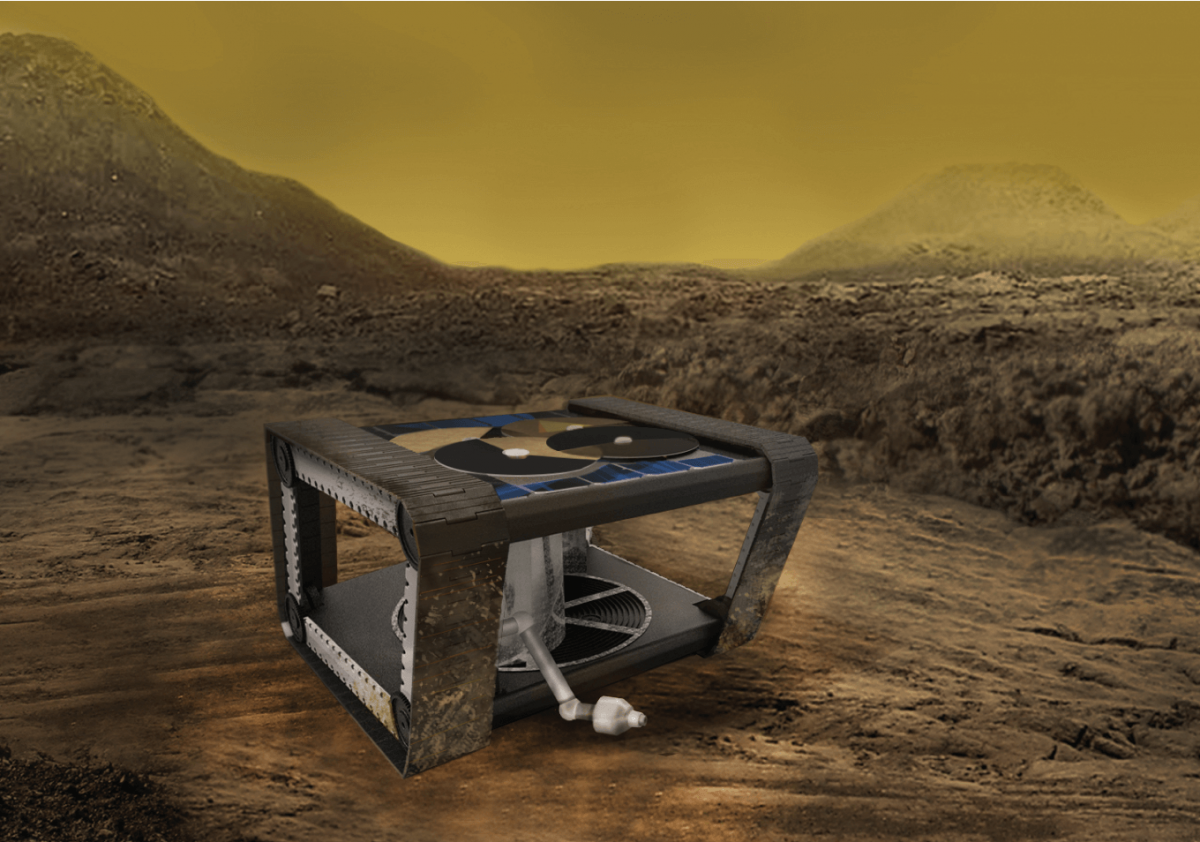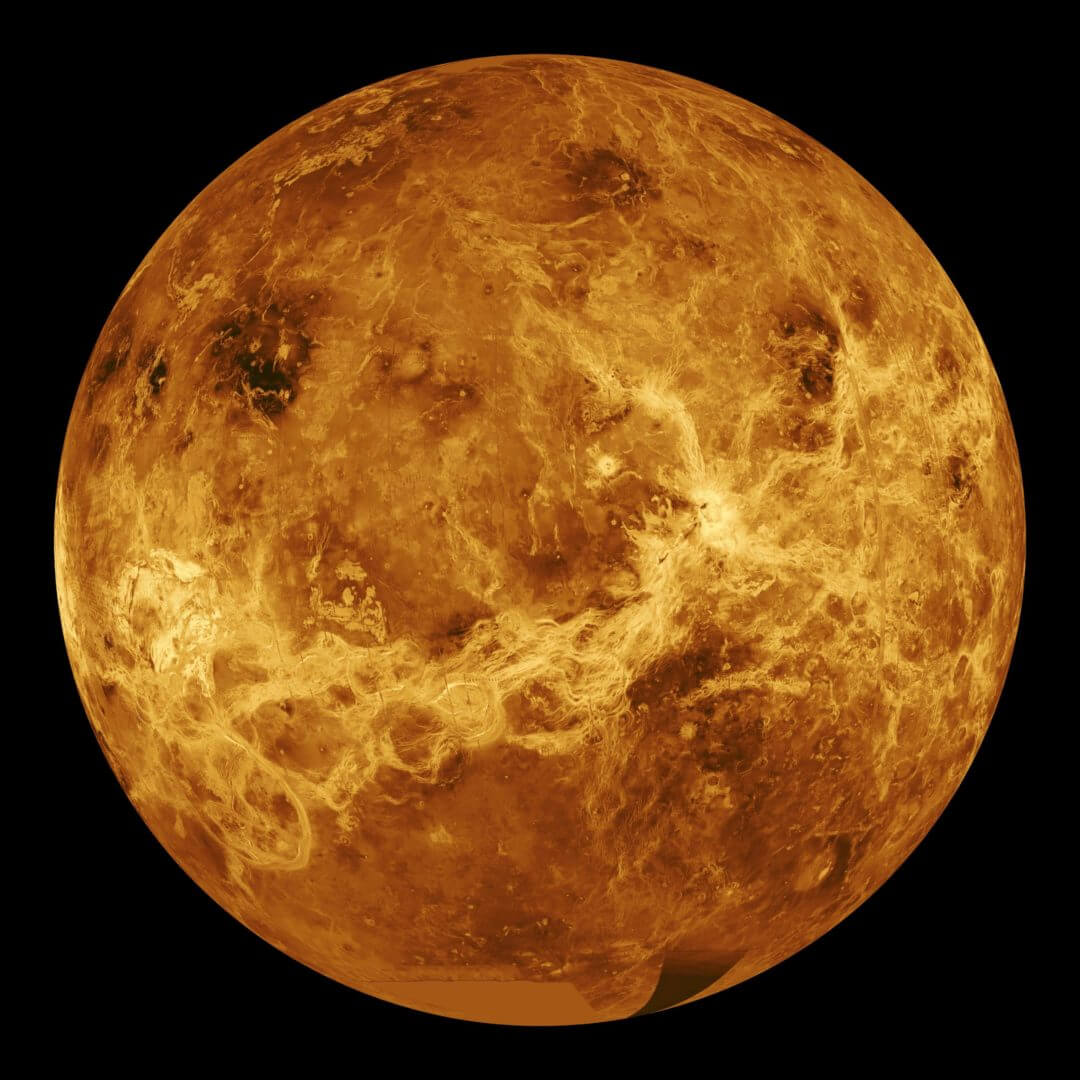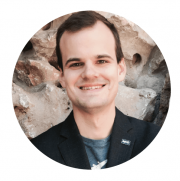
Beneath the clouds of sulfuric acid that swirl above Venus at hurricane speeds, the surface of the hellish planet is hot enough to melt lead and spontaneously combust paper.
With surface temperatures reaching above 860 degrees Fahrenheit, spacecraft electronics don’t stand a chance. The longest a probe to Venus has lasted was just two hours and seven minutes before its electronic systems overheated and stopped functioning.
Over nearly 60 years of Venus missions, scientists have mapped the majority of the planet and studied its atmosphere. However, by exploring Venus, which is similar to Earth in size and location in the solar system, in greater depth, researchers seek to learn more about how planets evolve, gain insight into the processes that govern Earth and aid the search for habitable planets elsewhere in
the galaxy.
To do so, Jonathan Sauder, M.S.’11, Ph.D. ME ’13, is developing a rover that could potentially survive a full Venus solar day — the equivalent of 117 Earth days.
“The current mission concepts for Venus are, you send a lander and you pack as much insulation around it as possible to try to keep it cool as long as possible,” said Sauder, a NASA Jet Propulsion Laboratory technologist and USC Viterbi lecturer. “What if instead we focus on a fully mechanical computing system? Sort of bring back this technology for the specific application of Venus where most electrical components don’t operate.”
Sauder and his team are working on a “clockwork” rover that operates without electrical components, similar to the automatons and mechanical computers of the past. Their project, led by Sauder with JPL engineer Evan Hilgemann as the co-investigator, has received funding from NIAC, the NASA Innovative Advance Concepts program that supports visionary ideas that could transform future missions. After completing a successful phase one, they have secured another two years of NIAC funding, making Sauder the youngest NIAC Fellow to have a phase two project.
Innovative ideas like these are integral to developing spacecraft. However, new technology is often expensive and a major risk. As a part of JPL’s Technology Infusion Group, Sauder’s job is to push NASA’s comfort zone by coming up with innovative methods and approaches. And sometimes, that means revamping outdated technology.
Sauder, whose master’s degree is in product development engineering, has always had a passion for product design and finds joy in devising solutions to consumer problems. After earning two advanced degrees at USC Viterbi, he joined JPL in 2014. With his strong educational background, he found the product development methods learned in the classroom gave him an edge in the space industry.
“One of the key things is really understanding who your customers are, whether it be scientists or the general public, and understanding their needs and the key functions that a product needs to do,” he said.
For instance, for scientists to fully examine the intricacies of Venus, a rover needs to last long enough on the surface to collect necessary data and send it back to Earth. While the team is still in the early design stages, with a launch date at least 10 years away, they are building small prototypes to work out the completely mechanical mobility system at high temperatures.
A bigger issue was figuring out how to record and retrieve data without electronics. The team’s solution: a radar target that works similar to reflectors on traffic signs. “It ends up looking sort of like a semaphore that you would see on battleships, where you have these bright flashes communicating data,” Sauder explained.
“With this project, we’re playing on the edge of what’s possible with mechanical systems and, in general, trying to change the way people think about designing and building a spacecraft. I think that is an incredibly exciting place to be,” Hilgemann said.

Fun Facts About Venus
Venus is the hottest planet in our solar system thanks to a thick atmosphere that traps heat in a “runaway greenhouse effect,” leading to scorching surface temperatures over 860 degrees Fahrenheit.
A Venus day is longer than a Venus year. The planet spins so slowly on its axis that while a complete trip around the sun takes 225 Earth days, a full rotation of the planet takes 243 Earth days.
Scientists suspect that Venus once had a shallow ocean and habitable surfaces for up to two billion years in its early history. Now, its acidic clouds and high temperatures make it an unlikely candidate for extraterrestrial life.
More than 40 different space probes have explored Venus. They include NASA’s Magellan, which mapped the surface, and the Soviet Union’s Venera missions, which made the first landings, the longest lasting 127 minutes.




